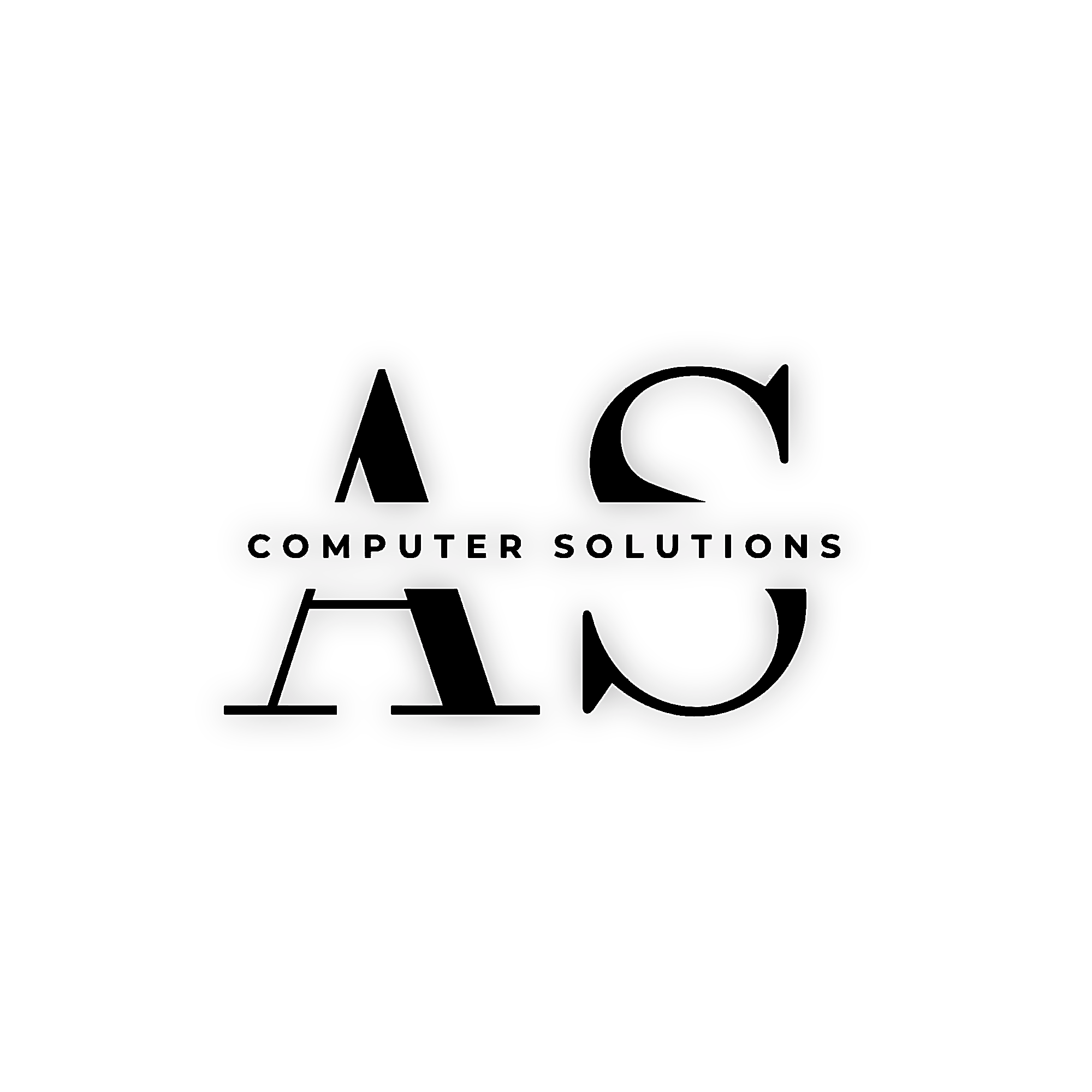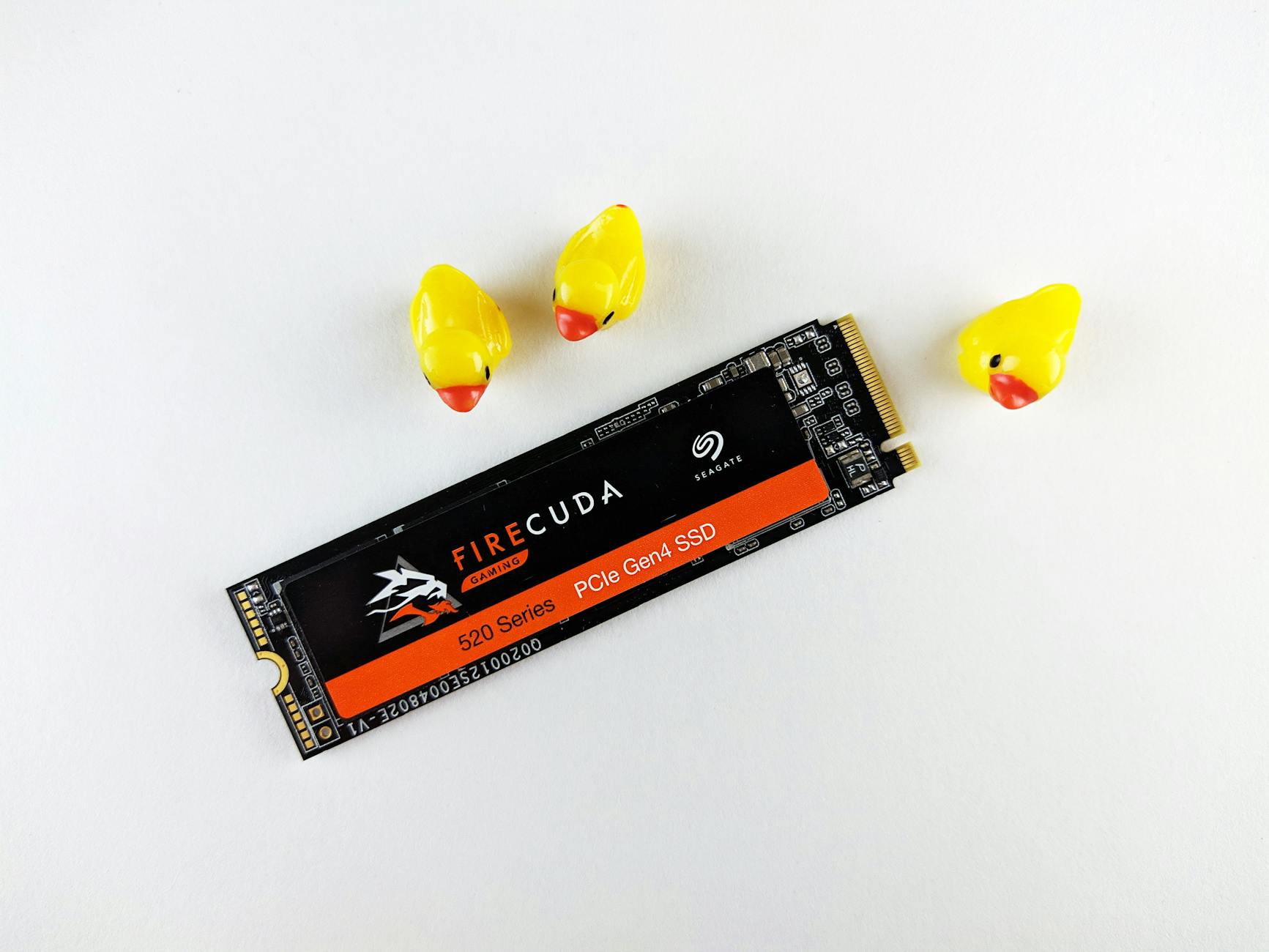Your cart is currently empty!
The Truth About Computer Storage in 2025: HDD vs SATA SSD vs NVMe SSD
Computers today are faster, lighter, and more powerful than ever — yet many people still find themselves waiting. Waiting for Windows to boot. Waiting for Chrome to open. Waiting while staring at that spinning circle during updates.
And here’s the shocking part:
👉 Most of the time, your computer isn’t “slow” because it’s old.
👉 It’s slow because of the type of storage drive it’s using.
This article explains the three main kinds of storage — Hard Drives (HDD), SATA SSDs, and NVMe SSDs — and why this single choice has the biggest impact on how “snappy” or “laggy” your computer feels.
Why Storage Drives Matter More Than You Think
When you click something — open Chrome, start Word, launch a game — your computer has to fetch data from the drive.
- If that drive is fast, it feels instant.
- If that drive is slow, you wait.
It doesn’t matter how powerful your processor is or how much RAM you have. If the drive is slow, everything else is forced to wait.
That’s why someone with a budget laptop but a modern SSD often has a smoother experience than someone with a high-end gaming PC that’s still stuck on an HDD.
1. The Hard Drive (HDD) — The Weakest Link
The Hard Disk Drive is the oldest type of storage, invented back in the 1950s. It’s a piece of machinery: a spinning metal disk (like a record player) with a tiny arm that reads and writes your data.
How It Feels in 2025:
- Booting Windows: 1–3 minutes (sometimes more).
- Opening Chrome: 15–30 seconds freeze before tabs respond.
- Launching Word/Excel: 10–20 seconds.
- Windows Updates: can take hours of black-screen waiting.
- Gaming: long, painful load times, often 5–10x longer than on SSD.
The Problem:
Every single time you see a loading bar, spinning circle, or frozen screen… that’s your HDD making you wait. It has to physically move its arm back and forth for each request. This is why laptops and desktops that still run on HDDs feel unbearably sluggish.
In short: HDDs were fine 15 years ago. Today, they’re the reason people give up on computers that still have years of life left.
2. The SATA SSD — The New Minimum Standard
The Solid State Drive (SSD) is a completely different technology. Instead of moving parts, it uses flash memory — the same idea as a USB stick, just much faster.
The first major kind of SSD was SATA SSDs (named after the cable they use). These became popular around 2010 and are still widely available.
How It Feels Compared to HDD:
- Booting Windows: 15–25 seconds.
- Opening Chrome: instant, even with lots of tabs.
- Launching Word/Excel: 2–3 seconds.
- Windows Updates: 15–30 minutes instead of hours.
- Gaming: 3–5x faster loads than HDD.
Why It’s Good:
- Works in almost every laptop and desktop from the past 10–12 years.
- Affordable and reliable.
- For most people, switching from HDD → SATA SSD is the biggest leap in computer performance they will ever feel.
In short: A SATA SSD is the bare minimum in 2025 if you want a usable computer.
3. The NVMe SSD — The Gold Standard
The latest and greatest SSDs use an M.2 slot and the NVMe protocol. Instead of being limited by old SATA cables, NVMe drives plug directly into the motherboard, unlocking their full speed.
How It Feels Compared to SATA SSD:
- Booting Windows: 8–12 seconds.
- Opening large apps (Photoshop, Visual Studio, games): nearly instant.
- Multitasking: dozens of Chrome tabs + streaming + work apps = still smooth.
- Gaming: next to no loading screens compared to friends on HDDs.
Why It’s Better:
- Speeds can be 5x faster than SATA SSDs, and 20x faster than HDDs.
- Perfect for gamers, content creators, or anyone keeping a laptop/PC long-term.
- Usually only slightly more expensive than SATA drives.
In short: If SATA is “good,” NVMe is “buttery smooth.” In 2025, it’s the recommended standard.
Side-by-Side Comparison
| Task | HDD (Old) | SATA SSD (Good) | NVMe SSD (Best) |
|---|---|---|---|
| Boot Windows 10/11 | 1–3 minutes | 15–25 seconds | 8–12 seconds |
| Open Chrome (10 tabs) | 15–30 seconds freeze | Instant | Instant |
| Launch Word/Excel | 10–20 seconds | 2–3 seconds | Near instant |
| Windows Updates | 1–3 hours | 15–30 minutes | 10–20 minutes |
| Game Load Times | 60+ seconds | 15–20 seconds | 5–10 seconds |
Why This Matters for You
- Every pause is wasted life. Booting in 2 minutes vs 12 seconds means you’re wasting hours every week just waiting.
- It changes how you feel about your computer. Many people “fall out of love” with their PC because it feels old and sluggish. In reality, it’s the HDD slowing everything down.
- SATA is okay, NVMe is recommended. If you want a usable computer, go SATA. If you want the best experience, go NVMe. HDDs? They should be used only for cold storage and backups.
The Bottom Line
In 2025, your computer’s storage drive is the single most important factor in how fast or slow it feels.
- HDDs are outdated and frustrating — the reason you hate your computer.
- SATA SSDs are the entry ticket to a smooth, modern experience.
- NVMe SSDs are the gold standard, recommended for anyone who wants their PC to feel instant, seamless, and future-proof.
If you want to love your computer again, the answer isn’t more RAM or a new processor. It’s the right drive.
💡 Rule of thumb:
- HDD = Don’t.
- SATA SSD = Okay.
- NVMe SSD = Best.
ASCS
🏡 Local. Reliable. Ready to Help. Serving Onoway and surrounding communities, AS Computer Solutions is your go-to for friendly, affordable tech support. We’ll get your computer running cool, quiet, and fast again.
Don’t let a hot PC slow you down. Try the steps above first, and if you’re still stuck, give us a shout.
We’ll get your computer—and your productivity—back on track.
Call or visit us today: 📞 (780) 967 0215 🌐 www.site.ascsonoway.com📍 Onoway, Alberta 📧 [email protected]


Leave a Reply